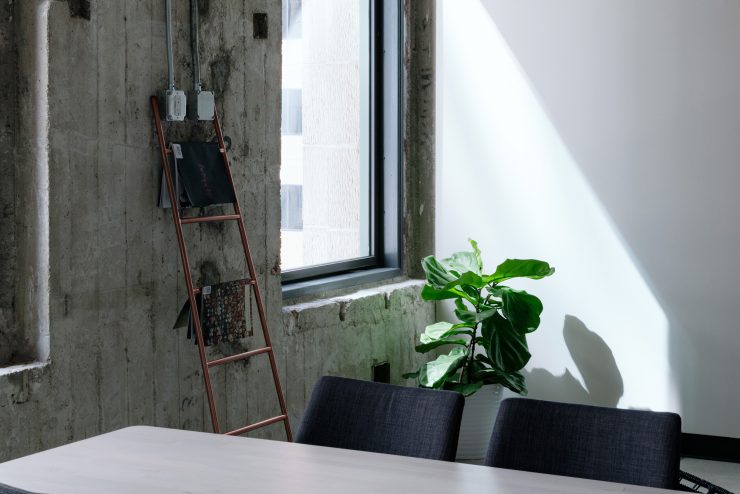Most manufacturers have heard the word ergonomics but don’t really know what it is or what does it mean; many think it’s about good posture and seating. In part, it is, but there’s also so much more to it!
It’s actually incredible that many companies, mainly manufacturers don’t apply ergonomics in their workplaces. Ergonomics involves aspects such as design, safety, health, psychology, etc. and they all serve the same purpose: improve people’s interaction with their environment.
Ergonomics studies human abilities and limitations in order to serve this purpose. It focuses on the human body and behavior in order to adapt tools, equipment, and tasks for them. Many companies don’t take this into consideration even though they should, as it can change everything for a company!
Productivity is an important factor in any manufacturing company.
The more productive workers are the more positive outcomes for the company. Ergonomics can definitely improve the productivity of employees. If every task is individually designed and analyzed for workers, it can be done more efficiently. People working in factories can easily get exhausted or injured, meaning a decrease in productivity. That’s why ergonomics is so important: if their workstation allows them to have a good posture, less exertion, fewer motions and better heights and reaches, they’ll be less tired and more effective.
Furthermore, fatigue is also related to product quality. When you are tired and have to work, it is usually harder to concentrate. You might be able to complete tasks but probably not give your best. Let’s take the example of an employee that has to fasten screws. If the way he/she does it makes him/her waste more energy than needed, by the end of the day, his/her work will get impacted by his/her fatigue and he/she won’t be able to fasten the screws tight enough anymore. This may put at risk the quality of the product and his/her own health!
Implementing ergonomics in the workplace also demonstrates caring for workers.
Employees will unquestionably notice that the organization is looking after their health and safety. This can decrease absenteeism, increase their involvement in the company and improve morale. It goes without saying that employees are crucial to the success of a business, they enable it to operate and know valuable knowledge about it; therefore their wellbeing is relevant and must be valued.
Enough has been said of the why let’s talk about how to apply ergonomics to your company. Implementing Ergonomics is a process, there are specialists you can hire to do so (Bridgr can help you for that ;)), however, you can also do it yourself as long as you get involved and do good research. Here are a few steps you can follow to start applying ergonomics in the workplace:
- Prioritize the jobs that need more ergonomics. You can realize this by making surveys to your employees or reviewing their musculoskeletal disorder history.
- Once you know the job you’re starting with, you need to analyze all the possible risks in that specific workstation.
- After that is done, analyze and research for possible solutions considering the resources you need to implement them. Make sure to discuss it with people involved in the job and to listen to different opinions.
- Once you execute the improvements, always measure its effectiveness.
For more details on this, you can visit: http://ergo-plus.com/workplace-ergonomics/
After all, poor worksite design can lead to injured, frustrated and fatigued employees. For this reason ( And also because it’s the law in most cases), ergonomics should be implemented in companies. This way, tasks can be adapted to human capacities and make people more safe, productive and efficient. The multiple benefits for both, the company and its employees, should be more than enough to encourage you to apply it in your company.






